 |
Unlike traditional concept tests or prototypes, [MVPs] are designed to speak to the full range of business questions, not just design or technical ones…
|
112 |
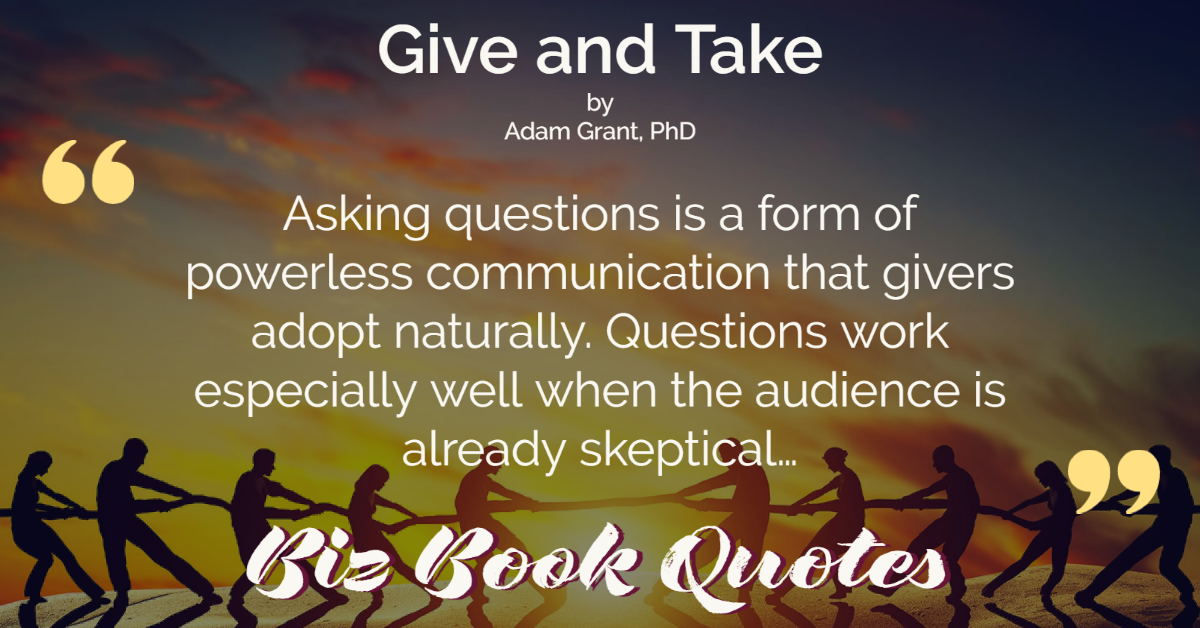 |
Asking questions is a form of powerless communication that givers adopt naturally. Questions work especially well when the audience is already skeptical…
|
139 |
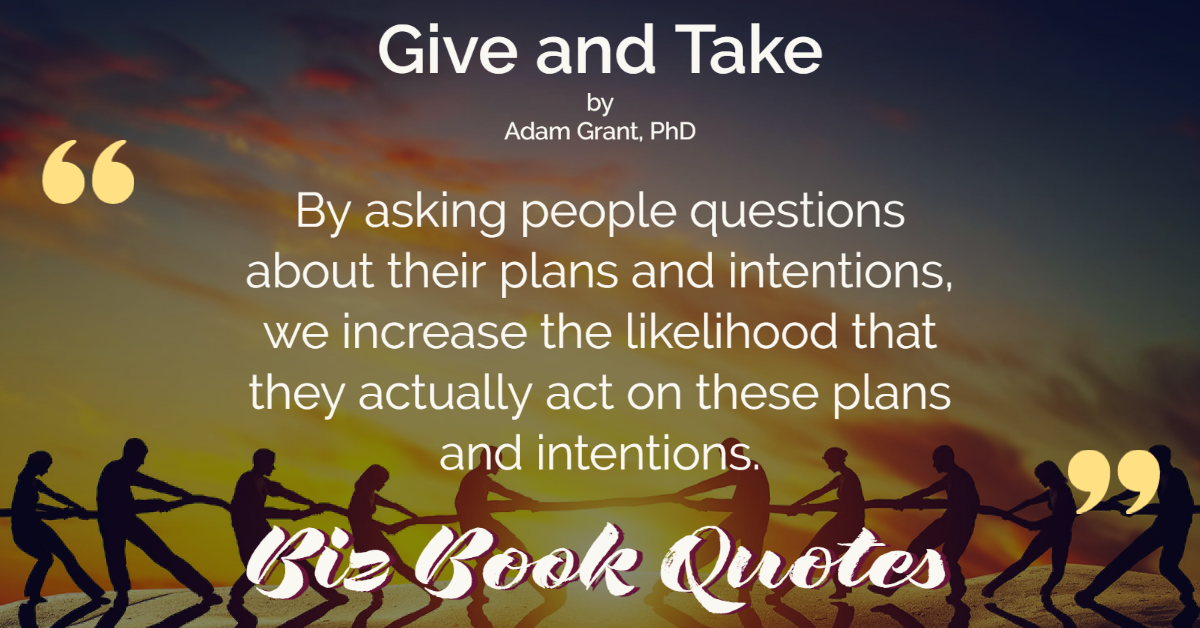 |
By asking people questions about their plans and intentions, we increase the likelihood that they actually act on these plans and intentions.
|
142 |
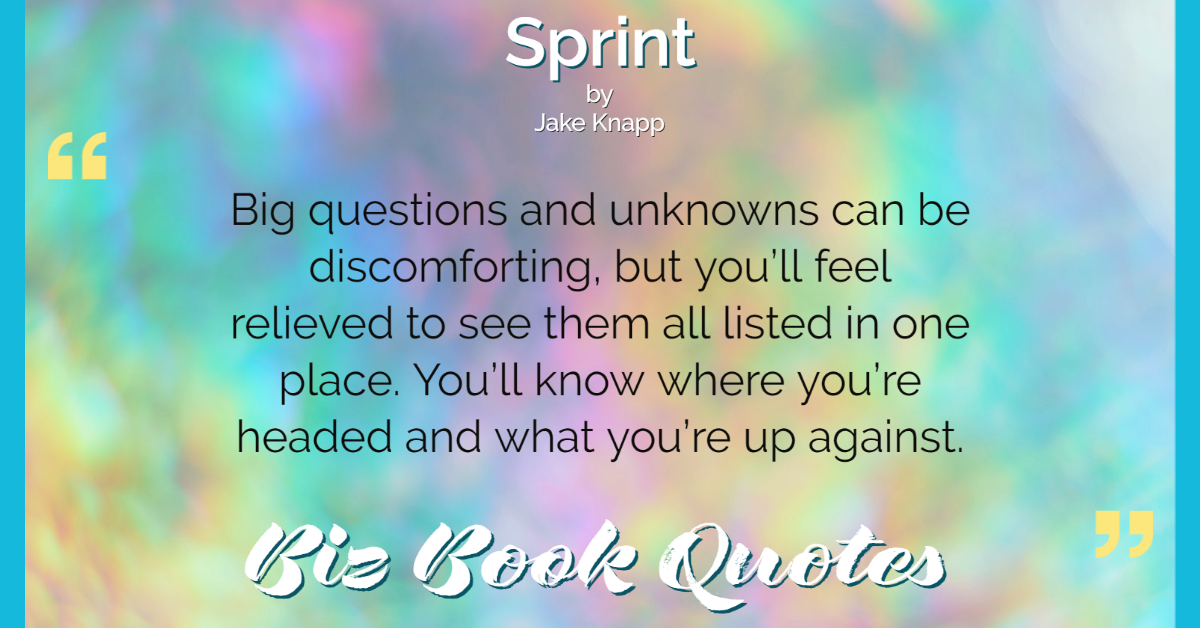 |
Big questions and unknowns can be discomforting, but you’ll feel relieved to see them all listed in one place. You’ll know where you’re headed and what you’re up against.
|
58 |
 |
To understand what the customer thinks, you have to be careful not to ask leading questions.
|
212 |
 |
When you ask an open-ended question, you’re more likely to get an honest reaction and an explanation of why.
|
213 |
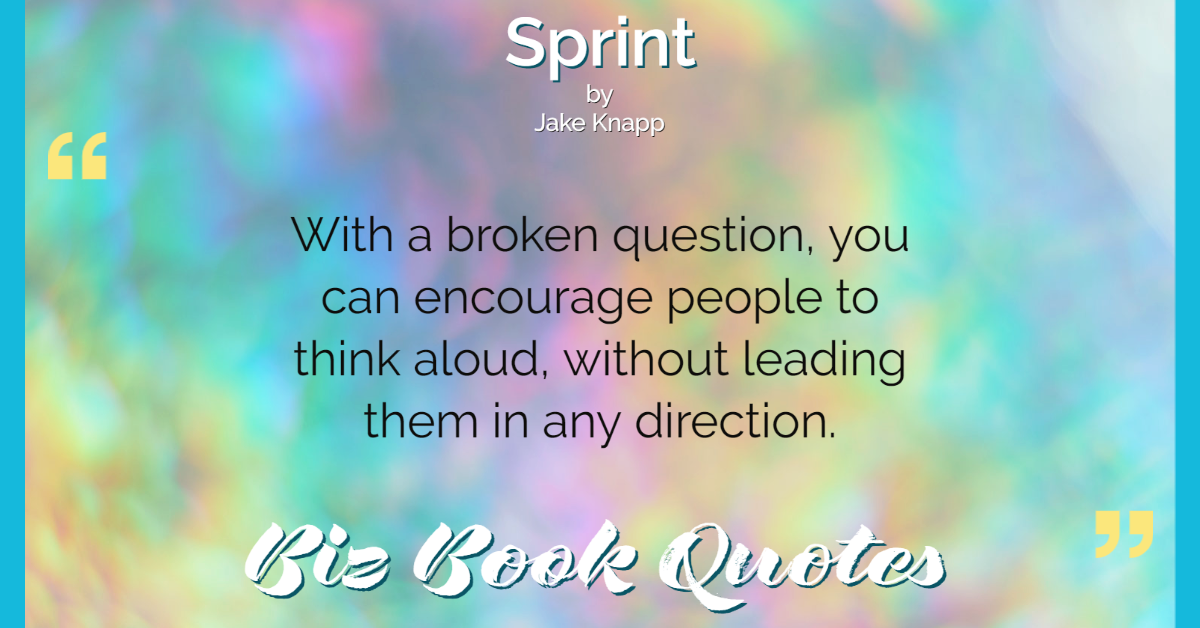 |
With a broken question, you can encourage people to think aloud, without leading them in any direction.
|
215 |
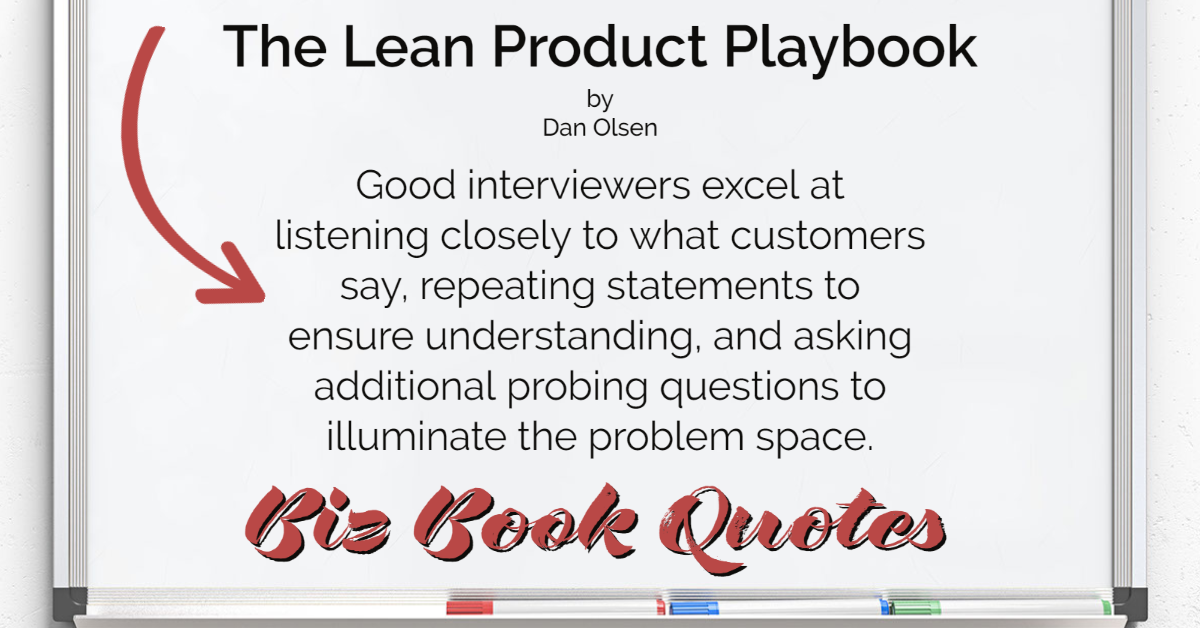 |
Good interviewers excel at listening closely to what customers say, repeating statements to ensure understanding, and asking additional probing questions to illuminate the problem space.
|
37 |
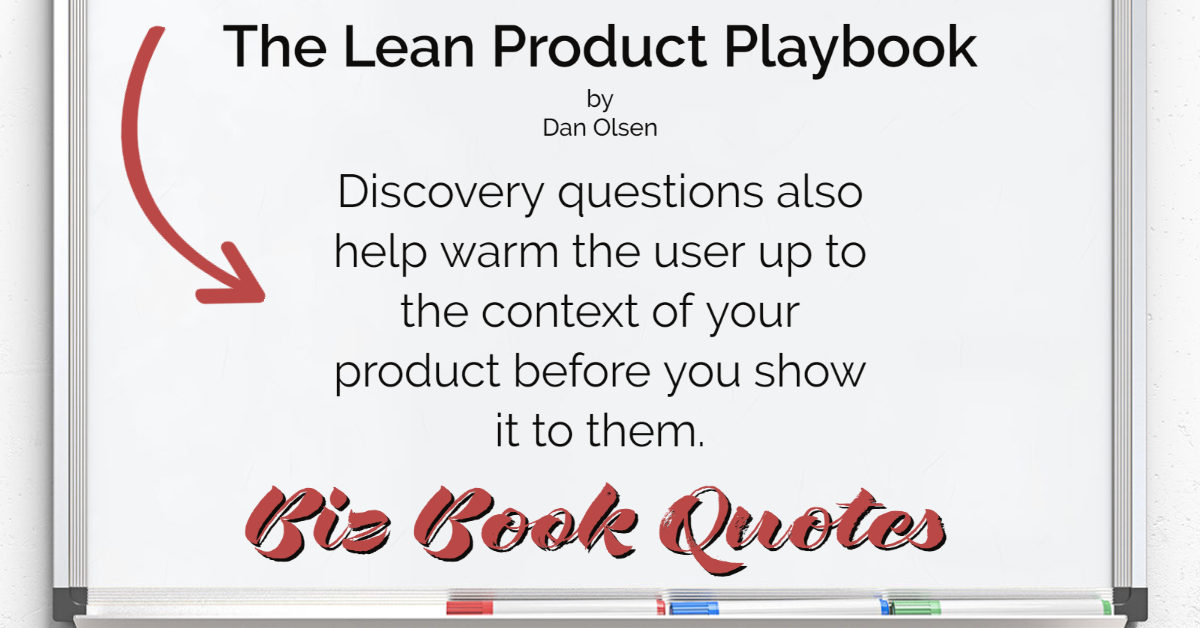 |
Discovery questions also help warm the user up to the context of your product before you show it to them.
|
157 |
 |
The more users invest in a product through tiny bits of work, the more valuable the product becomes in their lives and the less they question its use.
|
160 |